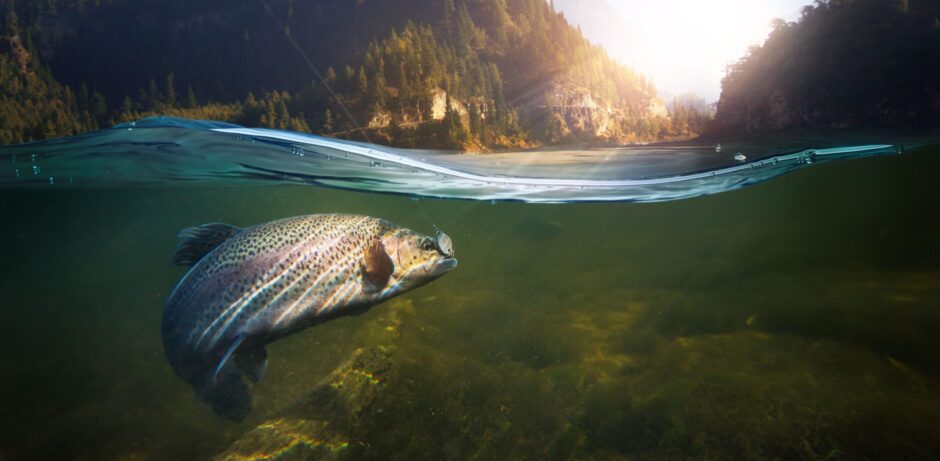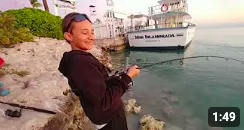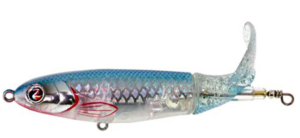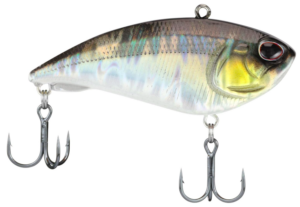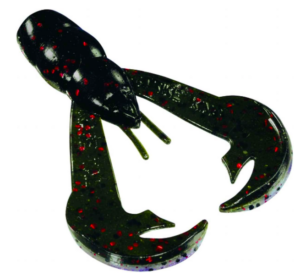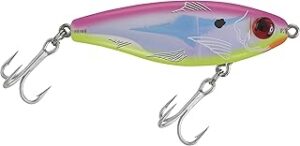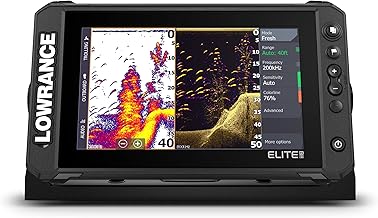
Arguably the best fighting freshwater fish, Steelhead are rainbow trout that spend their adult lives in open water such as the sea, the Great Lakes or huge inland lakes. They migrate up tributary streams in the spring to spawn, however, many steelhead make smaller runs in the fall in the Great Lakes’ tributaries. Steelhead are long and sleek with a silvery body and a light pink stripe along the middle of their sides. The steelhead has few or no spots, while the tail has lots of spots. Steelhead grow fairly big with a world record of over 40 pounds.
Open Water Steelhead
Since steelhead are located in open water such as the sea and the Great Lakes, they can be found in similar areas as salmon and they can be caught with the same presentations. Trolling is very popular with a variety of different rigs and lures. Some of the more popular lures to troll with are crankbaits, the dodger and fly and spoons.
Steelhead in Rivers & Streams
Locating steelhead in rivers is fairly easy once you know what to look for. Steelhead like moderate current with rocks the size of softballs and just a bit larger. Once these fish enter the rivers, they stop feeding and focus on spawning. They will occasionally hit a lure as a reaction strike or to defend their territory. Small spinners, spoons, and shallow crankbaits will catch some fish, but most anglers will use flies, egg patterns and spawn sac. In rivers, slip trolling is very effective. Slip trolling, also called back trolling, is a very effective way of trolling. Slipping is when you let the boat drift slowly downstream, reducing its speed with oars or a motor. By keeping the boat moving just slower than the current, the lures will have just enough action and you will be able to fish areas with faster current.
In streams, most anglers prefer drifting flies and egg patterns in moderate-paced currents. If the water is high, steelhead will be scattered everywhere in the current. When the water is low, you will be able to target steelhead in the current near deep pools.
